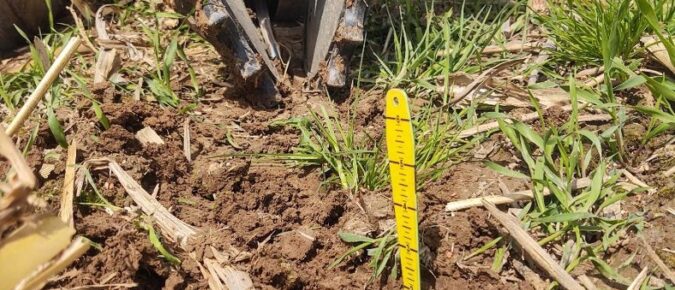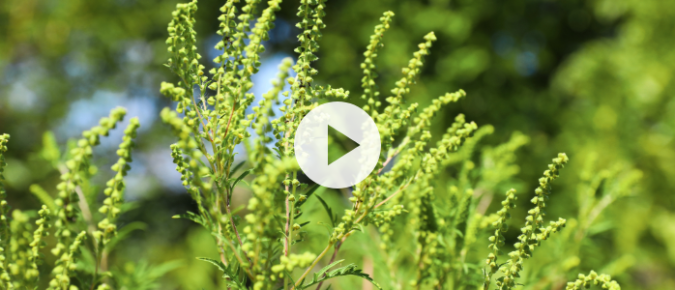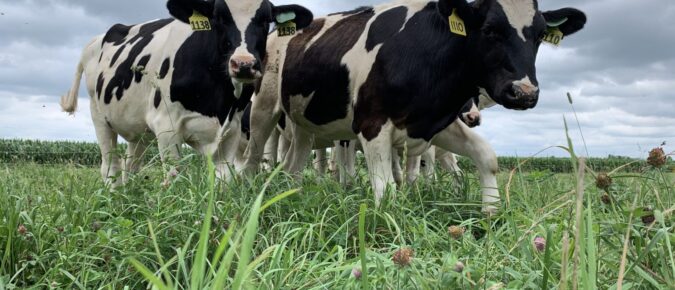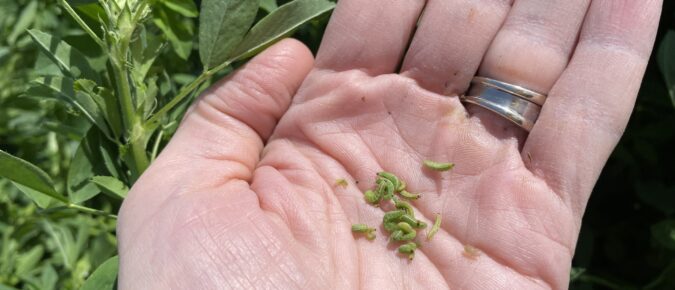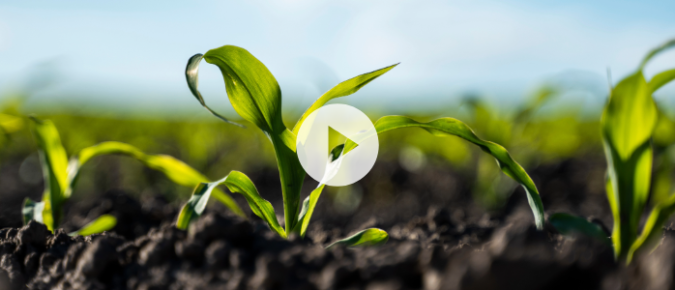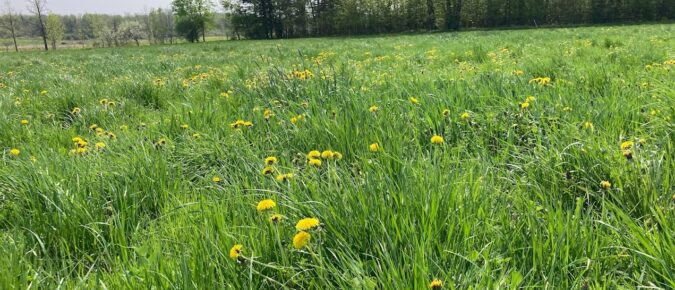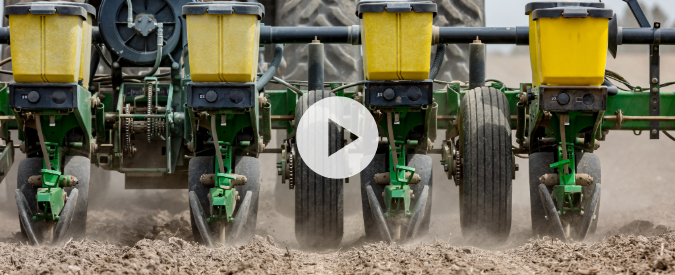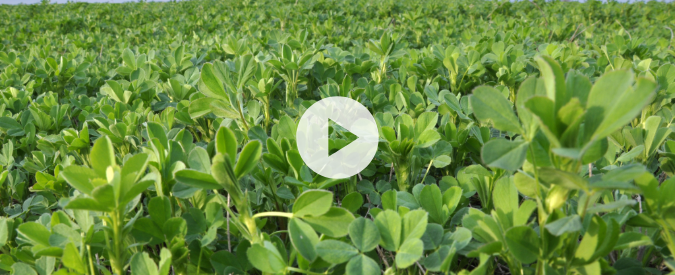Articles
Precision Agriculture 101: Planting
The use and adoption of technology in crop production continues to accelerate as new tools are introduced to the marketplace at relatively affordable prices. The options and applications for precision agriculture technology during the planting season are extensive. To better understand the options available and their potential benefits we must be familiar with them and how they work.
▶ Watch: Early season field crop disease considerations
The May 22 Badger Crop Connect session features Dr. Damon Smith, Professor and Extension Specialist of Field Crops Pathology. Damon talks about the disease situation in field crops as the field season gets started.
▶ Watch: Considerations for post-planting herbicide applications
The May 22 Badger Crop Connect session features Dr. Rodrigo Werle, Associate Professor & Extension Specialist of Weed Science.
Field Notes Episode 18: Dairy Heifer Grazing
Like gas and groceries, the cost of trucking and raising dairy heifers out West has gone up. Does this present Wisconsin farmers with an opportunity to lure these animals back to the state with low-input approaches and similar performance standards with well-managed grazing?
Managing Alfalfa Weevil in Wisconsin Alfalfa Fields
Alfalfa is a valuable forage crop in Wisconsin that supports dairy and livestock production. Alfalfa can be threatened by the alfalfa weevil (Hypera postica), an early-season pest that feeds on alfalfa leaves and may severely damage first-crop and second-crop alfalfa fields.
▶ Watch: Nitrogen Rate and Timing Considerations
The May 8 Badger Crop Connect session features Chris Bandura, Extension’s Conservation Cropping Outreach Specialist, speaking about nitrogen rate and timing considerations.
▶ Watch: Interacting with WI’s Insect Pest Network and Alert System
The May 8 Badger Crop Connect session features Dr. Emily Bick, an Assistant Professor of Precision Pest Ecology & Extension Specialist for Field & Forage Crops at UW—Madison.
When can I start grazing?
Each year, in May when the dandelions start showing their faces, the most common topic of discussion in the grazing and livestock world is “When can I start grazing?” While those lush, green pastures look awfully inviting after months of feeding hay, farmers must pause and make a wise, informed decision regarding when to start grazing because starting too soon can result in a dramatic shortening of a month or more at the end of the grazing season.
▶ Watch: Planter setup and closing wheel operations for no-till corn planting
The April 24 Badger Crop Connect session features Dr. Brian Luck, Associate Professor & Extension Specialist for Ag Machinery and Precision Ag, UW–Madison Biological Systems Engineering Department.
▶ Watch: Set up for success – alfalfa management strategies
The April 24 Badger Crop Connect session features Scott Newell, Extension’s Alfalfa Outreach Specialist.

